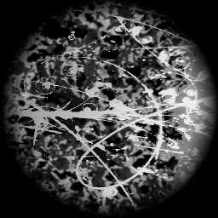Photons
Matthew Hutson, English 111, Brown University (1998)
In their essay, "Load and Run; High-tech Paganism, Digital Polytheism," Timothy Leary and Eric Gullichsen try to explain how the smallest subatomic particles we can detect behave by in a discrete way according to the strange laws of quantum mechanics. As a result, they argue, computer chips and human brains work in very compatible ways, both operating through many discrete binary switches between particle/neuron states:
The universality of 0 and 1 throughout magic and religion: yin and yang, yoni and lingam, cup and wand, are manifested today in digital signals, the two bits underlying the implementation of all digital programs in the world, in our brains and in our operating systems.
Leary and Gullichsen have forgotten, however, that light (energy) does not simply behave purely as quanta, photon particles jumping between discrete quantum states; it also adheres to the strict laws that apply to wave dynamics. Each discrete atomic energy level around a necleus is defined by integer multiples of a continuous analog sin wave cycle as we visualize the electron wobbling in its circular orbit around the atom's nucleus. Life at its most fundamental particles does not simply flip between binary states.

Question: How exactly does technology define our theoretical constructions (metaphors) of the physical world, for example the subatomic particle world?
